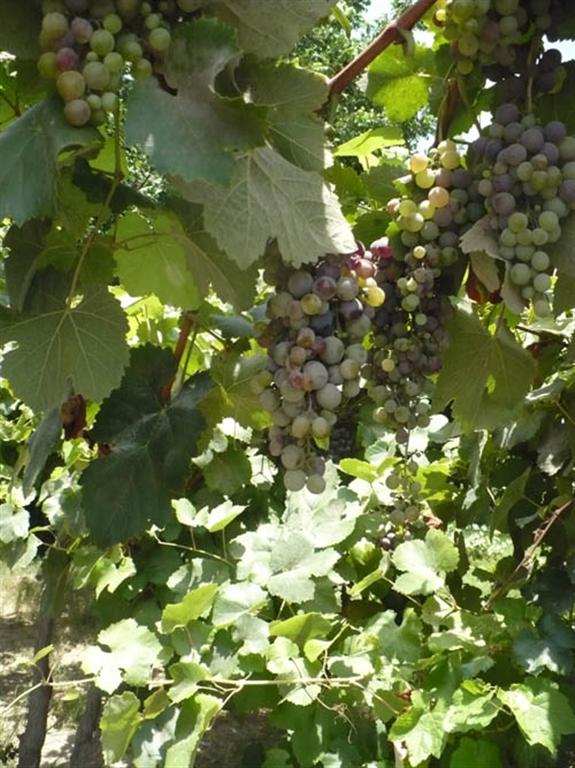Difference between Pisco and other eaux-de-vie
 made in other countries lies in five main characteristics. We do not intend to prejudge the quality of the latter; our only purpose is to highlight their differences from an objective point of view.
made in other countries lies in five main characteristics. We do not intend to prejudge the quality of the latter; our only purpose is to highlight their differences from an objective point of view.The variety of grape used as a raw material:
The raw materials used in craft and industrial manufacturing are one of the great differences. Taste is emphasized over aroma, and therefore the grape varieties used go beyond aromatic Muscat grapes to include mainly Quebranta grapes (a Peruvian mutation) and, in a lower amount, Common Black and Mollar non-aromatic grapes.
Non-rectification of vapors:
The distillation process used for preparing pisco takes place in discontinuous alembic stills or “falcas”. This prevents the elimination of several constituent elements of pisco during the rectification of distillation vapors that would otherwise fade if continuous alembic stills were to be used.
Period of time between must fermentation and distillation:
The definition of pisco says that the liquor is obtained by distilling fresh—that is, recently fermented—juice or musts. This prevents the use of long-stored grape juices or musts or already made wines. Current regulations in Peru provide that alembic stills used for preparing pisco must comply with the requirements defined by the commission for the supervision of technical standards, metrology, quality control and para-tariff restrictions of the National Institute for the Defense of Free Competition and Intellectual Property (INDECOPI).
No additives:
In Peru, the pisco distillation process does not stop until the alcohol by volume reaches an average of 42º or 43º Gay-Lussac degrees. No distilled or treated water is added in order to preserve the liquor’s body, color and other distinctive characteristics.
Process for obtaining alcohol contents:
At the beginning of the distillation process, the fresh musts’ alcohol level is high, reaching 75º Gay-Lussac degrees, approximately. As the process continues, this level decreases and permits other constituent elements to seep into the pisco distillate. Depending on the skill and tradition of the Peruvian pisco-maker, the operation is extended until an average of 42º to 43º degrees is obtained, although it can be reduced to a minimum of 38º Gay-Lussac degrees.
Comentarios (1)
Quisiera compartir las notas de cata de este pisco.
PISCO TRES GENERACIONES ACHOLADO DESDE 1856 鈥 DENOMINACI肗 DE ORIGEN CONTROLADA 鈥 CONTENIDO NETO 50 ML. 42% VOL. 鈥 COSECHA 2009 鈥 ICA 鈥 PER脷
Al examen visual se declara limpio e intenso como se pretende cada vez que se degusta un destilado.
Al examen olfativo se encuentra una buena presencia de olores que bien se lleva con la calidad de los aromas. Los perfumes que componen el bouquet olfativo son todos claros, puros y pulcros. En la descripci贸n de las sensaciones olfativas es f谩cil detectar la yerba, el pl谩tano, el an铆s, el talco y el jab贸n.
Al examen gustativo la sensaci贸n de calor justificado por el porcentaje alcoh贸lico del destilado es dominante durante todo el examen gustativo; s贸lo al final deja que si liberen aromas como an铆s y hierba. Su persistencia gustativa es de 18 segundos.
Al examen retro-olfativo 鈥 que consiste en deglutir el destilado, cerrar la boca, dejar que se expanda en la mucosa (porque el alcohol es menos fastidioso y permite una mayor concentraci贸n de aromas por v铆a retronasal) y espirar por la nariz mantenendo cerrada la boca 鈥 existe una leve manifestaci贸n de pl谩tano que d茅j脿 amortiguar la sensaci贸n alcoh贸lica.
SUGERENCIA PARA SU DEGUSTACI肗: pisco para celebrar una festividad religiosa













